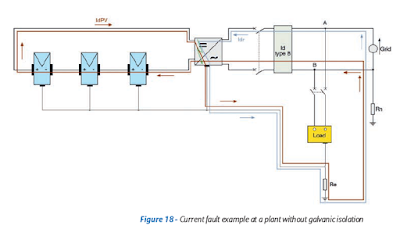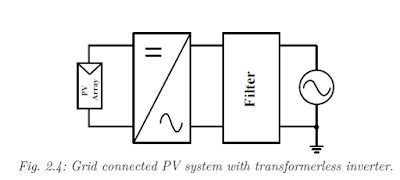THÈSE Pour obtenir le grade de DOCTEUR DE LA COMMUNAUTE UNIVERSITE GRENOBLE ALPES Spécialité : Génie électrique Présentée par Elvira Amicarelli
Thèse dirigée par Quoc Tuan TRAN et codirigée par Seddik BACHA préparée au sein du Laboratoire de Systèmes Electriques Intelligentes du CEA-INES et du Laboratoire de Génie Electrique de Grenoble INP dans l'École Doctorale Electronique, Electrotechnique, Automatique & Traitement du Signal. Stratégie de gestion des réseaux électriques à fort taux de production renouvelable distribuée Thèse soutenue publiquement le 16 Octobre 2017, devant le jury composé de : M. Jean Paul GAUBERT Professeur, Université de Poitier, Président Mme Zita VALE Professeur, Institut Polytechnique de Porto, Rapporteur Mme Manuela SECHILARIU Professeur, Université de Technologie de Compiègne, Rapporteur M. Phuong NGUYEN Assistant Professeur, Université technique d’Eindhoven, Examinateur M. Quoc Tuan TRAN Professeur, INSTN, CEA-INES, Directeur de thèse M. Seddik BACHA Professeur, Université de Grenoble-Alpes, Co-Directeur de thèse M. Nicolas MARTIN Ingénieur de Recherche, CEA-INES.
GENERAL INTRODUCTION
I.1. Energy Scenarios: Opportunities and Challenges The use of various forms of energy contributed to exponential development of the human quality of life during the last two centuries. During this societal growth, fossil fuels have driven all energy-based technologies. Since, the coal-era advent, the world’s demand for electricity continued to escalate and has continued to do so till date. In fact, statistics affirm that during the next few decades the social and industrial development of China will induce a tremendous growth in China’s electricity demand; greater than the total current demand in the United States of America and Japan taken together [1]. Furthermore, the diffusion of new electricity-based technologies, such as electrical vehicles, will increase the electricity demand in industrialized regions, such as Europe and United States as well which will lead to an overall proliferation of electricity demand in the world. The increase in electricity consumption is an important factor which impels to think and plan judiciously the amount and the type of energy resources to use in the future. Moreover, increase in consumption combined with pressing topics like global warming, availability of resources and electricity costs are also driving politicians and scientists around the world to find solutions to these impending threats. In fact, the use of conventional energy resources is repeatedly questioned because of its numerous harmful implications on the society and environment. The reliable and economical accessibility of these resources have become a cause of concern for many countries around the world. In fact, fossil fuels are located only in restricted regions in the earth and are subjected to political agreements and relations. Their availability and price often reflect political tensions between important geographical regions, and pose a huge risk for both developed and developing countries alike. Moreover over the last decades, extraction of conventional fuels have become increasingly harder and often led to huge debate between governments, environmentalists, extraction companies and health experts. Discussions on reserve-water pollution and man induced earthquakes due to shale gas extraction is a current example. Furthermore, the analyses of the consequences of climatic change are generating huge public and political awareness and inciting in these actors the need to take actions in this aspect. Exclusion of environmental factors can no longer be afforded while taking political and economic decisions. Hence, many developed countries have decided to fix a climate goal in order to limit the earth from warming more than 2 °C. In 2016, the carbon dioxide emissions from the electricity sector in USA alone had amounted to about 1 million and 800 thousand metric tons, which accounts for about 35% of the total emissions in USA [3]. Furthermore, statistics suggest that a huge part of these emissions originate from coal based technologies [3]. In Europe, critical scenarios in conventional energy resources and the frightful projections in climate change are subjects of great public concern. Hence in 2007, the EU established the development of a low-carbon economy in order to challenge this fuel-based economy and limit greenhouse gas emissions. The EU energy directive takes action not only on the increase in Renewable Energy Sources (RES) in the production mix but also focuses on the increase in energy efficiency. Between 2004 and 2013, the EU countries efforts can be seen by considering their investments. Statistics estimates that they had invested around 600 billion $ in renewables and fuels growth especially by policy support [4].
LINK:https://tel.archives-ouvertes.fr/tel-01712034/document



































































 JOSIL ARTISTA PLASTICO FORTALEZA CEARA BRASIL AV.HERACLITO GRAÇA 41 TEL(85)32542378
JOSIL ARTISTA PLASTICO FORTALEZA CEARA BRASIL AV.HERACLITO GRAÇA 41 TEL(85)32542378















